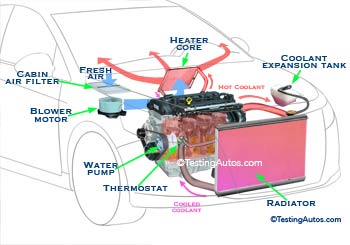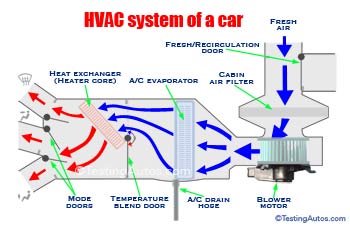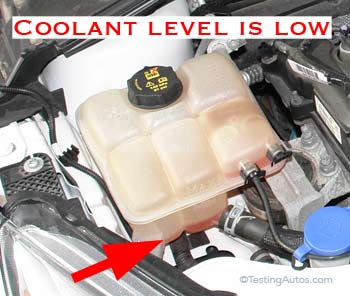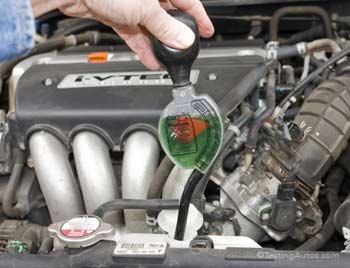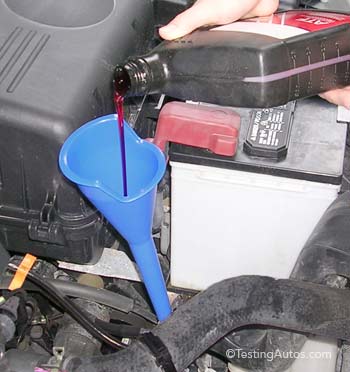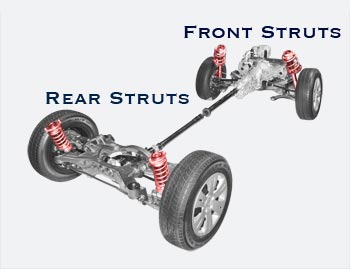Car heating system: how it works
March 15, 2020
How the heating system works in a car with an internal combustion engine: The heating system is connected to the engine cooling system and uses heat from the engine to warm up the cabin.
There is a heat exchanger called a heater core built inside the vehicle HVAC system (see the diagram). The heater core is a small 'radiator' that is connected to the engine cooling system.The cooling system of an engine is filled with liquid coolant that circulates between the engine and the main vehicle radiator. The part called a water pump creates the flow of coolant within the system. The thermostat valve blocks the circulation through the main radiator when the engine is cold; it opens when the engine reaches the specified temperature. See the photo of the water pump and thermostat. Read more about the water pump.
If the air blowing from the vents is not hot enough, the first thing to check is the coolant level in the overflow bottle (see the owner's manual for your car). If it's low, the coolant must be topped up and the cooling system must be checked for possible leaks.
If you want to top up the coolant yourself, don't open the cooling system cap when the engine is fully warmed up, as the coolant is very hot and can spray out under pressure. Check the precautions and instructions on how to do it in the owner's manual. Dealership mechanics typically top up the coolant in the overflow bottle during regular oil changes.
The coolant density also needs to be measured. If the density is not within specs or the coolant appears to be dirty in the expansion bottle, your mechanic may recommend flushing the cooling system and the heater core, as the heater core could be partially clogged up. This problem is not uncommon in older high-mileage cars. Flushing a cooling system in a car costs from $140 to $250.
A thermostat that is stuck open can also cause long warm up times, however, in most cars, the Check Engine light comes on if the thermostat is stuck open. Another symptom of a stuck-open thermostat is when the engine temperature drops below normal when driving on a highway.
Advertisement
In some cars, if the temperature blend door inside the HVAC system is not functioning correctly, it can also cause a lack of heat from the vents. Often this problem is caused by a bad blend door actuator or, in case of manual HVAC system, worn parts of the cable/link mechanism. In a system with manual heater controls, it may feel like the hot/cold knob is jamming and not moving all the way to "Hot".
If there is a lack of air flow from the vents even at full blower motor speed, the cabin filter must be checked. A dirty cabin filter can restrict the air flow in the HVAC system. Normally, when the temperature is set to "Hot" and the engine is fully warmeed up and running, the air from the vents should be very warm regardless of the vehicle speed. If the air from the vents is hot when driving but becomes cold when the vehicle is stopped, suspect a lack of coolant flow through the heater core or air trapped within the engine cooling system.
